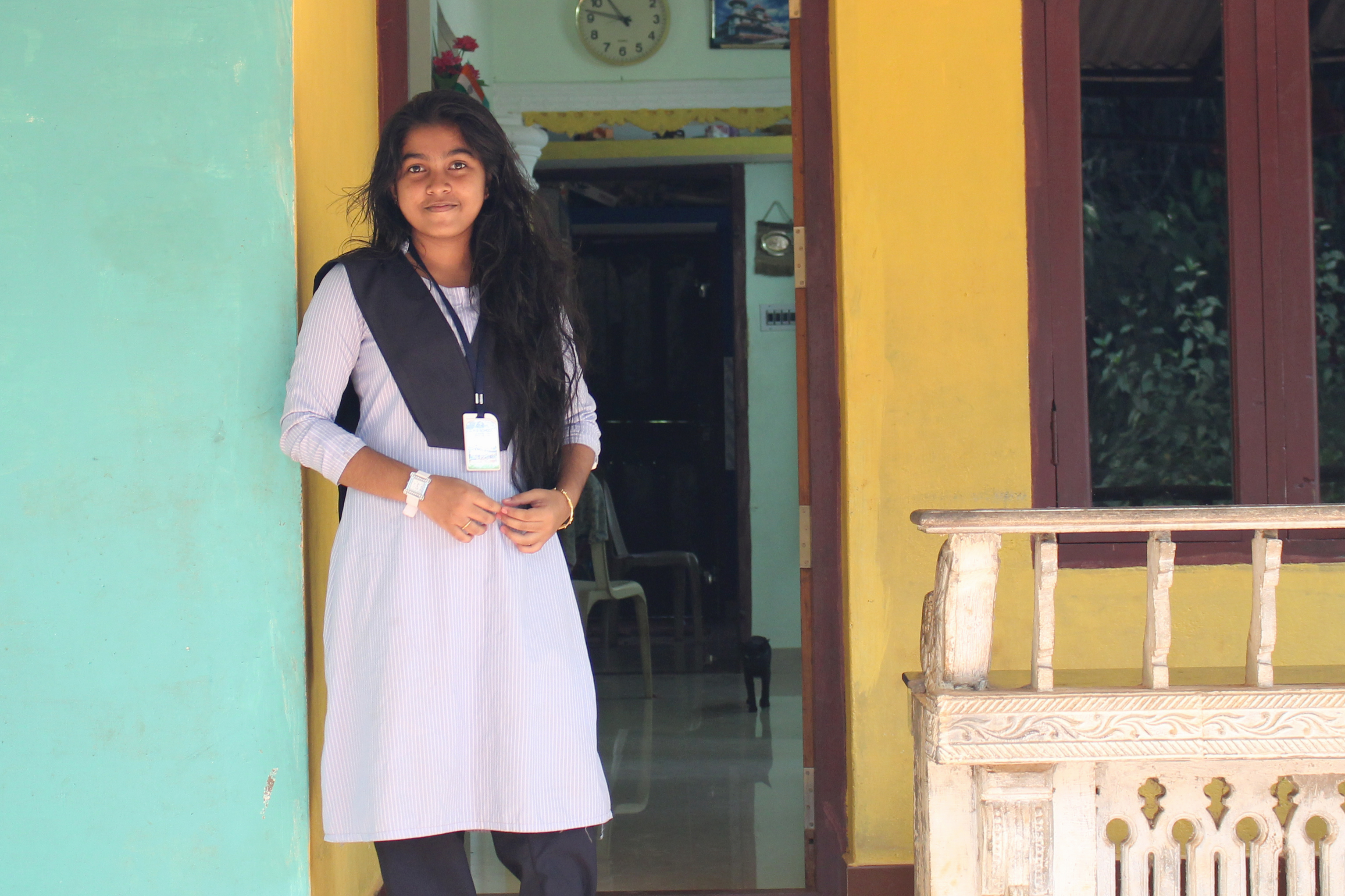Help a girl, change the world: why female empowerment is key to eliminating poverty
Of the girls who make up 1.1 billion of the world’s population, those living in developing countries face some of the greatest challenges.
Since 2012, International Day of the Girl Child—better known as Day of the Girl—has been honoured on 11 October to promote girls’ empowerment and the fulfilment of their human rights.
But what difference can empowerment, particularly in the form of education, make to girls in poverty?
Income: Educated girls are more likely to earn a survivable wage
A single year of primary school education can increase a girl’s future wages by 10 to 20 percent and secondary education, 15 to 25 percent.3 Uneducated women are more likely to undertake vulnerable employment, such as unpaid family work, rather than jobs that provide reliable wages. Education narrows the pay gap between genders and increases the likelihood of women finding sustainable employment.2 Keeping girls in school not only gives them agency over their own lives, but also better equips them to provide for their future families.
Fertility: Educating girls leads to a decrease in fertility rates, which reduces poverty levels
Child marriage is the likely cause of three out of every four girls having children before the age of 18.1 Giving girls continued access to education means they are likely to get married later, which also decreases the fertility rate and family size to more sustainable levels. Educating girls in family planning and providing maternal health services results in lower fertility rates, which typically provides improved economic opportunity for women and girls.4 By giving women options for controlling how many children they have, they are able to make more informed choices for their families.
Health: Educating girls has positive effects on infant and child health
Empowered and educated girls are better able to care for their children, leading to healthier families.5 A child born to a literate mother is 50 percent more likely to survive past the age of five than a child born to an illiterate one.2 Girls who’ve had access to education also know more about appropriate health and hygiene practices and tend to have more power in the home to make sure children’s nutrition needs are met. If all women had access to a primary education, 1.7 million children would be saved from stunting from malnutrition—or 12 million from a secondary education.2
Leadership: Education provides girls with opportunities for leadership and growth
Granting girls access to education also gives them more chances for leadership at both state and government levels, as well as in the home. Educated girls have a greater awareness of their rights, more autonomy within their households and greater confidence and freedom to make decisions that will benefit entire communities. In many countries, limited access to quality education—and the prioritisation of male education—contributes to the cycle of poverty. Having educated females in leadership positions can help break that cycle.
Girls are often the first to be removed from schooling when family finances suffer—we can’t eradicate poverty without addressing gender equality. Whether it’s the cost of schooling or the potential loss of income when a girl is no longer working in the family home, education can be unattainable to families living in poverty. Opportunity wants to change that.
By providing small loans to families to grow their businesses, Opportunity gives many families the option to send their girls back to school again—mothers like Geraldine. Instead of having to choose between their livelihood and their children’s education, a hand up in the form of a small loan can mean both are achievable. The loan, used to purchase supplies to start or sustain a small business, can give parents the chance they need to start the journey out of poverty, and give a head start to their children. With a repayment rate of 98 percent worldwide, these loans are recycled to give many other families the same chance to make the journey out of poverty.
Girls are powerful agents of change, and when they’re empowered through education, the results can mean the difference between life and death. We’re proud to stand behind #dayofthegirl and programs that empower girls—and women—to change the world.
1) http://www.worldbank.org/en/news/immersive-story/2017/08/22/educating-girls-ending-child-marriag
2) http://en.unesco.org/gem-report/sites/gem-report/files/girls-factsheet-en.pdf
3) George Psacharopoulos and Harry Anthony Patrinos, "Returns to Investment in Education: A Further Update," Education Economics 12, no. 2 (2004): 111-34.
4) http://blogs.worldbank.org/nasikiliza/how-empowering-women-can-help-end-poverty-africa
5) https://www.unicef.org/media/files/Child_Marriage_Report_7_17_LR..pdf
